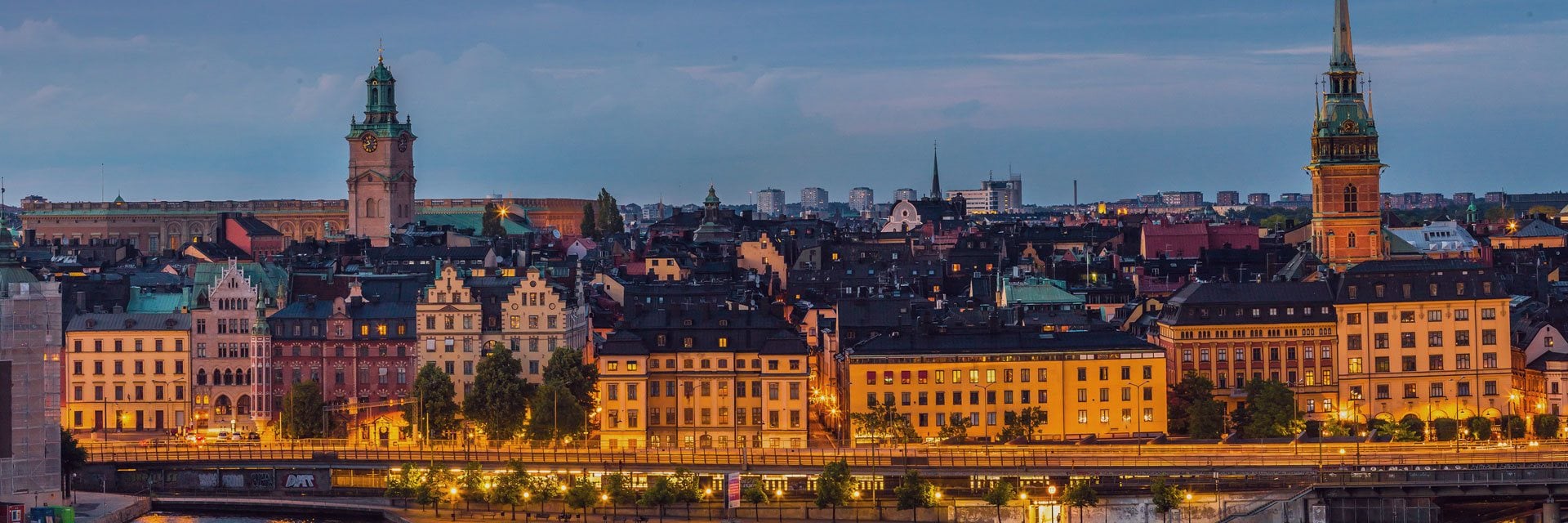
Incorporating Denmark, Finland, Norway and Sweden, the GC Powerlist: Nordics countries share common history and economic values. With small populations, but open and affluent economies that balance free market capitalism with significant social welfare services, the ‘Nordic model’ represents high living standards with low income disparity.
Renewable Norway
The energy sector is hard to ignore in Norway. Oil and gas reserves in the Norwegian Continental Shelf provide the country with a vital source of economic growth. In 2012, the petroleum sector accounted for almost a quarter of its value creation, and it still has reserves left to exploit. However the recent fall in the global price of oil has meant that the economy can no longer rely as heavily on this part of its energy exportation.
Kjersti Bergsåker-Aspøy, general counsel at Engie E&P Norge, says that the immediate issue for oil companies is cash flow. This has necessitated cost-saving initiatives and a focus on developing other areas in the energy sector such as renewables. ‘You look for new ways of earning money and creating new opportunities in the area and in the countries,’ she says.
Nordic countries generate renewable electricity at four times the level of OECD [Organisation for Economic Co-operation and Development] countries, according to Nordregio [Nordic Centre for Spacial Development]. Hydropower is especially significant in Norway, accounting for nearly all electricity generation. Further exploitation of renewable resources is limited however and future activities are expected to focus on utilising under-exploited resources such as wind power.
Swedish success
Sweden’s strength lies in its export-oriented and highly competitive economy. Its manufacturing sector is well established globally and Swedish companies like Ikea and Volvo Cars are household names. Sweden is also at the forefront of global technological innovation: both Skype and Spotify have their origins in the country, for instance.
Technological innovation is influencing traditional manufacturing companies across the board. Volvo Cars, for example, is rapidly developing autonomous driving. ‘All of a sudden we’re entering an area where legislation is behind the technological development, so collaboration with the legislator is required. This is an area where we as a company, both in the legal team and also other parts of the company, have paid a lot of attention lately,’ says Maria Hemberg, senior vice president and general counsel at Volvo Car Group.
Sweden’s success is arguably based on the lessons it learnt from its financial crisis of the early 1990s. The Swedish authorities promoted better bank management, meaning it was well equipped to deal with the global crash of 2008/09. The regulations, although tough on Swedish banks, eventually facilitated a healthy recovery for them.
On regulations impacting banks in 2016, Flemming Pristed, group general counsel and executive vice president of Danske Bank, which is present throughout the region, says ‘the biggest worry is that we can digest all that [regulation] while also supporting the transactions on the customer side.’
Future of Finland
One key differentiator across the region is in individual countries’ involvement with the EU and the Euro. Finland is the only Nordic country that is part of both. Finland’s economic performance is not as strong as some of its Scandinavian neighbours, having been impacted by issues in the Eurozone and the fall in trade with neighbouring Russia. The decline of its paper industry and Nokia (one of its most successful companies), whose mobile handset business was sold to Microsoft, has also been felt by the wider economy. The Governor of the Bank of Finland has recognised structural reforms, fiscal consolidation and improved competitiveness as key to revitalising the economy, and positive changes seem to be afoot.
Danish exports
The Danish economy has been slowly growing since 2013, and has seen a fall in unemployment. One of the main drivers of the growth is its exports, combined with favourable economic conditions in Europe which have made goods cheaper in the Eurozone.
One thing Danish companies have been able to rely on is the strength of their global reputation. High quality consumer and commercial goods have been hallmarks of the Nordic region, and Denmark hosts a number of recognisable brand names in a variety of sectors: Carlsberg, Nilfisk and Danepak to name just a few.
Nilfisk’s head of intellectual property, Lena Ernlund Malmberg, identifies the strength of brand reputation when addressing how the company overcomes global challenges in the form of increased competition: ‘Using our DNA is a great advantage to us because we are an old and quality-driven company.’
Business culture
With a combined population size of around 26 million [including Iceland] the region has consistently punched above its weight. Some key features in understanding its success stand out. Flexible working hours have empowered women in business, enabling economies to access significant talent pools. The region also has shorter communication lines between senior management and employees than in many other countries. Finally, the area enjoys a reputation for world-leading innovation. Nordic countries look set to continue to make an impact on the global stage – and will need in-house lawyers to support their advancement and growth.
